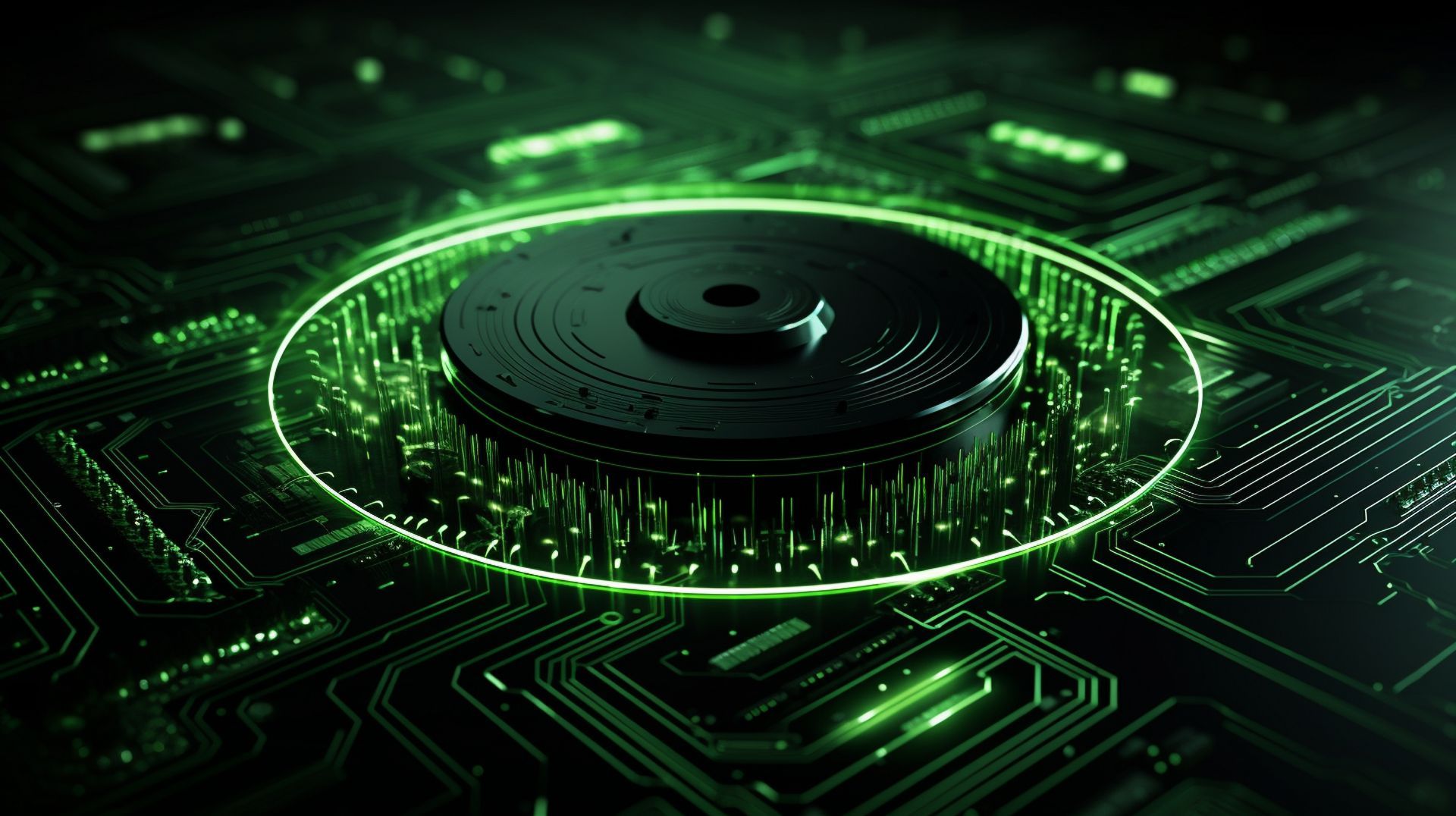The DDoS attack on AO3 has disrupted online literature, causing widespread concern among dedicated users due to the “AO3 not working” problem.
The “AO3 not working” issue was first brought to light on a Monday morning, US time, via an announcement on AO3’s official Twitter account. At that point, the site’s tireless volunteer staff were delving into the reasons behind the sudden outage. After five hours of investigation, they confirmed the grim news: AO3 had fallen victim to a DDoS attack. Presently, the team continues to combat this cyber menace.
The Archive is experiencing some issues (as many of you have noticed). We're looking into it, please stand by!
— AO3 Status (@AO3_Status) July 10, 2023
To the uninitiated, denial-of-service (DoS) attacks are a common strategy used by malicious digital forces, with the intention to incapacitate online platforms by overwhelming them with an unmanageable amount of requests. The result is a beleaguered server, unable to handle genuine user requests. The “AO3 not working” issue is a step further into the complexity of cyber-attacks, being a distributed denial-of-service attack where the flood of requests is dispatched from numerous sources.
Read on: Why is Archive of Our Own down?
Raising the stakes, Anonymous Sudan initially stated that the AO3 DDoS attack would last up to 24 hours. However, the situation took a dire turn when the group issued a ransom demand, threatening to extend the attack on AO3 for “weeks” unless they receive $30,000 in Bitcoin.
Why is AO3 not working?
At the heart of the “AO3 not working” issue lies a malicious DDoS attack, publicly claimed by the shadowy hacktivist group known as Anonymous Sudan. This cyber-offensive is part of a broader campaign, aimed at launching similar DDoS attacks on various U.S. organizations, including AO3, which is operated by the U.S.-based non-profit, Organization for Transformative Works. The group has stirred controversy with their claim of combating “all forms of degeneracy,” accusing AO3 of fostering “disgusting smuts” and an array of LGBTQ+ and NSFW content.
“A group presenting themselves as a collective of religiously and politically motivated hackers has claimed responsibility for the attack. Experts do not believe they are honest about their motivation, so we urge caution in believing any reasoning they provide for targeting AO3,” wrote AO3’s Twitter account.

“We do not condone anti-Muslim sentiments under any circumstances. Additionally, to reiterate: cybersecurity experts believe the group claiming responsibility is lying about their affiliation and reasons for attacking websites. View the group’s statements with skepticism.”
While the DDoS attack is the primary cause of the “AO3 not working” problem, other factors could potentially contribute to the ongoing issues:
- AO3 might be facing server difficulties or downtimes that render the website either inaccessible or slow to load.
- Occasionally, the site could be taken temporarily offline or become inaccessible due to routine maintenance or updates.
- The problem might lie with your own network connection or internet service provider. A slow or unstable connection can inhibit your access to the site.
- An outdated web browser or compatibility issues with AO3 could also be the root of the problem. Clearing your browser cache or trying a different browser might help resolve the issue.
- Your access device could be the source of the problem. Attempting to access the site from a different device might help to clarify whether this is the case.
AO3 not working: How to fix it?
If you’re also experiencing the “AO3 not working” issue, consider trying the following strategies:
- Verify AO3 server status
- Check internet connection
- Purge browser’s cache and cookies
- Utilize a VPN
- Reboot device
- Update browser
- Disable browser extensions
Verify AO3 server status
If you’re grappling with the “AO3 not working” problem, your first port of call should be to verify the status of AO3’s servers. At times, server downtime can trigger such issues, and a quick online search can confirm if that’s the case.
Check your internet connection
Next, it’s worth examining the state of your device’s internet connection. A poor or unstable internet connection can often be the culprit behind many technical issues. Therefore, it may be beneficial to try a different internet connection.

Purge browser’s cache and cookies
To tackle the “AO3 not working” issue, you could consider clearing your browser’s cache. To do so on Chrome, click on the three dots in the top right corner > More Tools > Clear Browsing Data > Choose the time duration > Tick the relevant boxes > Clear Data.
Utilize a VPN
If the issue persists even after clearing your browser cache, it might be worth using a VPN. If you don’t already have a VPN on your browser, install one. This tool can help you access AO3 from any location.
Reboot your device
Finally, if the “AO3 not working” problem still prevails after following all the previous steps, consider restarting your device. A simple reboot can often rectify many minor bugs.

Update your browser
Sometimes, an outdated browser could contribute to the “AO3 not working” issue. Make sure you’re using the most recent version of your browser. If not, download the latest update and see if the problem is resolved.
Disable browser extensions
Browser extensions can occasionally cause conflicts with certain websites. If you’re still encountering the “AO3 not working” issue, try disabling all browser extensions. If AO3 works without them, you can then enable them one by one to identify the potential culprit.
How dangerous are DDoS attacks?
DDoS attacks can be highly dangerous, as they can incapacitate websites and networks, leading to downtime and potentially significant financial losses. In more severe cases, they can also be used as a distraction for more nefarious activities, such as data breaches.
How to counter the most risky cloud computing threats?
How can I determine if I’m being targeted by a DDoS attack?
Signs you may be under a DDoS attack include unusually slow network performance, unavailability of a particular website, or an overwhelming amount of spam emails. It’s important to note that these symptoms can also be indicative of other issues, so it’s crucial to investigate thoroughly.
What steps should I take if I find myself under a DDoS attack?
If you suspect you’re under a DDoS attack, you should contact your network administrator or internet service provider immediately. They can help identify whether an attack is indeed taking place and, if so, take steps to mitigate it.

When can we expect AO3 to be operational again?
The resumption of AO3’s services remains shrouded in ambiguity. If the assertions of the purported assailants are anything to go by, the beloved fan fiction platform could be incapacitated for an extended period. Yet, optimism prevails in the anticipation of the dedicated volunteer force successfully fending off the DDoS onslaught sooner than later. Celebrated for its staggering repertoire of over 11 million fanworks spanning 57,000 diverse fandoms, and laureate of the 2019 Hugo Award for Best Related Work, AO3 is a cherished haven for myriad creatives.
Amidst the prevailing uncertainty, one can take solace in the fact that the AO3 DDoS attack has not compromised any user data. Rest assured, your email, password, and possibly your varied reading preferences are under lock and key, safe from prying eyes.
Featured image credit: Kerem Gülen/Midjourney





